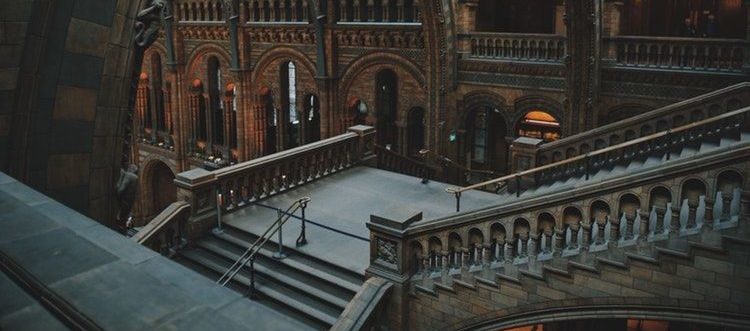The evolution of science into theatre
I regularly read WarwickLove (yes, I am very cultured), and I noticed during reading week the most ancient of conflicts being unearthed: humanities versus STEM students. The objective, impersonal discipline of science is often juxtaposed against the subjective and nebulous arts.
The reality is that science and art are intertwined. Scientific analyses and principles such as the Fibonacci sequence can give us a small insight as to why people respond to art as they do. Equally, one can’t deny the artistic beauty in the drawings of Ramon y Cajal who drew beautiful illustrations of neurons and other central nervous system components. Fields such as architecture and animation are reliant on both scientific and artistic talent to function.
A new play shows another way that art and science can benefit each other when working together. The Natural History Museum displays many objects of intrigue from dinosaurs to dodos. However, their latest exhibit – a play about Charles Darwin – is certainly a departure from the stuffed items you usually see in English museums. The play promises to give science another mode of expression by bringing scientific history and knowledge to life through theatre.
Fields such as architecture and animation are reliant on both scientific and artistic talent to function
The Wider Earth was written by Australian playwright and puppeteer David Morton to critical acclaim and has found the most fitting venue for its European debut, being in the vicinity of the Darwin Centre. The play follows Darwin’s early working life, specifically the iconic HMS Beagle voyage from 1831 to 1836, where he travelled the world to collect a diverse range of specimens for his research into natural history.
This life-changing journey laid the seeds of inspiration that would germinate into On the Origin Of Species, which transformed evolutionary biology and our understanding of the world. Reflecting the marriage between art and science, the plot and themes of the play dance between a young Darwin’s intellectual development and curation of scientific knowledge, and the relationships of the HMS Beagle crew.
Clare Matterson, Director of Engagement at the Natural History Museum, is excited for the production to “bring together a talented theatrical team and the museum’s scientific expertise”. It combines the acting talent of seven actors with puppeteering talent: 30 puppets represent the most treasured animals Darwin encountered, resulting in a synergy of man and nature.
The plot and themes of the play dance between a young Darwin’s intellectual development and curation of scientific knowledge, and the relationships of the HMS Beagle crew
Telling Darwin’s story with puppets in a museum may sound like an infantile endeavour, designed only for primary school trips. But this is a wonderful opportunity to inspire all people with science, not just young children. Science is sometimes perceived as being esoteric and elitist, bound by a confounding lexicon spoken by scientists unable or unwilling to translate into plain English. Even scientists are upfront about how inaccessible science is to non-scientists.
Consequently, science is viewed as cold and sterile, divorced from humanity. It isn’t a coincidence that, since the Enlightenment, there have been cultural movements and motifs that have perpetuated this characterisation. From Romanticism’s rejection of scientific rationalism – critiquing scientific curiosity in novels such as Frankenstein – to modern pop culture stereotypes of science geeks lacking any social skills or empathy, science is constantly contrasted against humanity. Is it shocking that people are dissuaded from studying and working in science if Sheldon Cooper is the end goal of years of study?
A biography focussed on the humanity of one of our most important scientists is an big step in countering this perception, and art forms such as theatre are the best way of exploring this humanity. We shouldn’t dismiss projects like this as they are a way to inspire a wonder of science in people who otherwise might not care.

Comments
Comments are closed here.